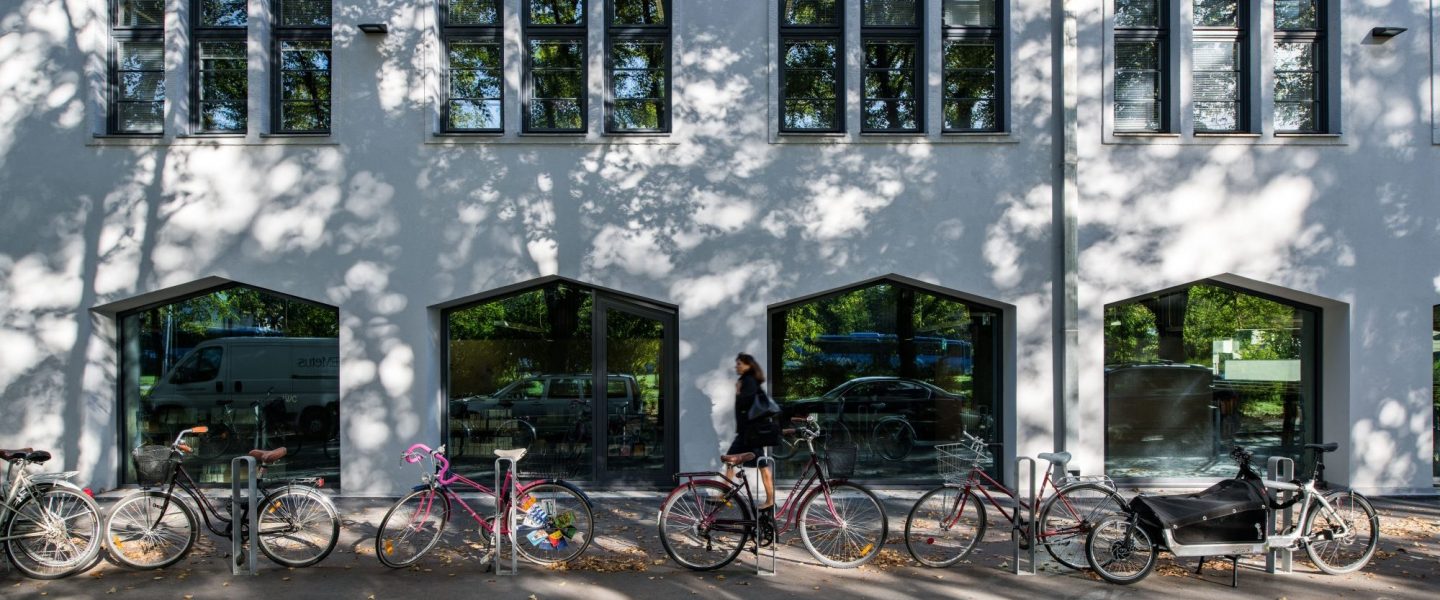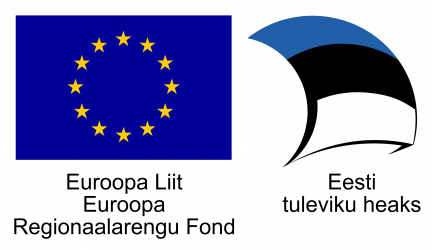
EKA
Start Date:
22.11.2021
Start Time:
16:00
End Date:
25.11.2021
Lecturer: Dan Karlholm, Professor of Art History, Department of Culture and Education, Södertörn University, Sweden
Dates: 22.–25. November 2021, 16.00-19.00
Level: PhD students
Please register HERE
Registration deadline November 10
Abstract
This graduate course centers around the notions of time and temporality, which were always implicit in a historical discipline like art history, institutionalized in the nineteenth century. In the last couple of decades, however, the issue of time as something that not only grounds art history and many other human sciences has been found to complicate and challenge the normative chronologic of (art) history. The first theme of the course is Time and History, where different notions of time are addressed, and how these compare with or complicate the practice of history/historiography, which only came about with the so-called time revolution inaugurated on the basis of fossil finds disrupting the biblical creation narrative around 1800. Secondly, Chronology, Heterochrony and Anachrony will focus on the determining role of chronology in art history, and how this common-sensical structure has been challenged by other concepts and perspectives, which potentially impact the status we accord artworks. A third theme deals specifically with the complex of Contemporaneity [and contemporaneousness] and Presentism, which has been a problem of representation, power and definition related to various attempts at overcoming both modernism and postmodernism in art. The alluring idea of presentism, according to which the present seems to be expanding, absorbing the past as well as the future, is discussed. The final theme, arguably the biggest temporal conundrum in the history (and pre-history) of mankind, is The Anthropocene: Earth History and World History. Although not directly, only indirectly, relevant to art and art history, this perspective dwarfs many of our habitual quibbles on periodization, dating and attribution, but may also help us deal with the past that presently returns as our future. Throughout the course, we will discuss these themes in relation to our empirical materials of art and art history (and you are encouraged to bring your own examples to the table) as well as reflect upon how our discipline is to cope with all these temporal inflections and demands for what could perhaps be termed a post-anthropocentric and pro-geocentric art historiography.
Literature:
1. Thomas Da Costa Kaufmann, “Periodization and its Discontents”, Journal of Art Historiography, no. 2, June 2010, 1-6. Reinhart Koselleck, “Time and History”, in The Practice of Conceptual History: Timing History, Spacing Concepts, Stanford, 2002, 100-114. Daniela Bleichmar and Vanessa R. Schwartz, “Visual History: The Past in Pictures”, Representations 145, Winter 2019, 1-31.
2. Karlholm, “Is History to be Closed, Saved or Restarted? Considering Efficient Art History”; Keith Moxey, “What Time is it in the History of Art?”, Mary Roberts, “Artists, Amateurs, and the Pleated Time of Modernity”, from Time in the History of Art: Temporalty, Chronology, Anachrony, eds. Karlholm and Moxey, Routledge, 2018, 13-42, 79-100.
3. Georges Didi-Huberman, “Before the Image, Before Time: The Sovereignty of Anachronism”, in Compelling Visuality: The Work of Art in and out of History, eds. Claire Farago and Robert Zwijnenberg, Univ. of Minnesota Press, 2003, 31-44. Karlholm, “After Contemporary Art: Actualization and Anachrony”, The Nordic Journal of Aesthetics, no. 51 2016, 35-54. Chris Lorenz, “Out of Time? Some Critical Reflections on Francois Hartog’s Presentism”, Rethinking Historical Time: New Approaches to Presentism, eds. Marek Tamm and Laurent Olivier, Bloomsbury, 2019, 23-42.
4. Dipesh Chakrabarty, “Anthropocene Time”, History and Theory 57, no. 1 (March 2018), 5-32. Edward S. Casey, “Mapping the Earth in Works of Art”, in Rethinking Nature: Essays in Environmental Philosophy, eds. Bruce V. Foltz and Robert Frodeman, Indiana U.P., 2004, 260-269.
The course is supported by the ASTRA project of the Estonian Academy of Arts – EKA LOOVKÄRG (European Union, European Regional Development Fund).

